New Year Grayling Success - The Basics

New Year River Success
Grab a drink of your choice and settle in, this is going to be a long one ...
But before I get started, we've some spectacular nymphs coming to you on Tuesday next week - take a look at the end of this email for a sneaky-peek.
Read on McDuff ...

Winter Grayling fishing is the perfect way to extend your fly fishing beyond Xmas! The grayling spawning season begins and ends in spring while the trout spawning season begins in late autumn and ends in early winter. Both these factors make grayling extremely popular for fly fishing during Winter.
Similar to trout fishing but coming into its own in the Autumn, fishing for grayling is most successful when you opt for fishing spots with gravel (or light silty) bottoms, in the seam of two currents, in the foam line and just off and around weed beds.
Grayling mostly feed on shrimps, nymphs and caddis larvae. Longer lighter rods (10ft 2wt or 3wt) are the norm when fishing for grayling but beware as they can put in a strong fight when caught! They also tend to corkscrew when hooked as well. The longer lighter rods give you the ability to control the line better and are more comfortable to use during your fly fishing session.
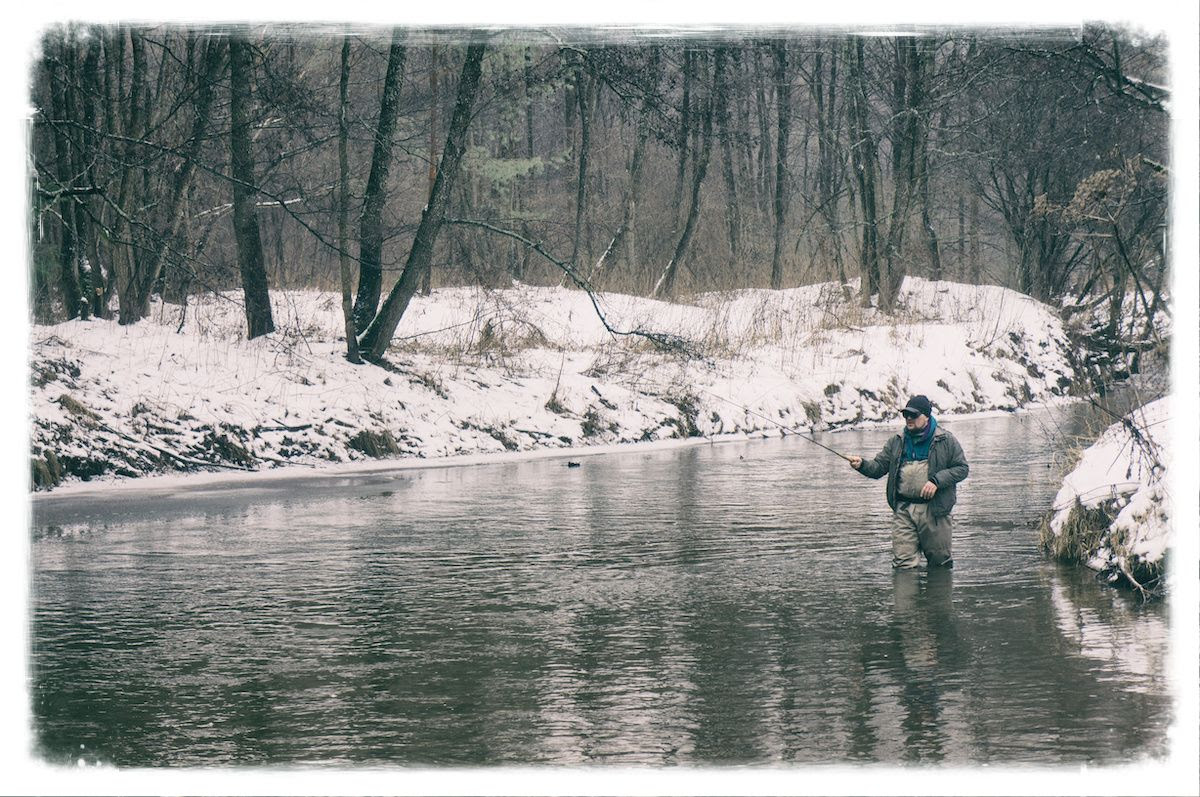
Fishing for grayling is usually only allowed between 16th June and 14th March, this is because grayling spawn during the spring season – please check any local bylaws which may apply to your local waters before fishing for Grayling.
Grayling have an under-slung mouth, they are bottom feeders. If you cannot see them rising, you need to present your flies on the river bed. Remember, if you’re not catching the bottom with your flies, your not fishing deep enough (try using a heavier point fly).
Here are the ideal places to target:
- Look for deeper, slower water - Grayling do not like structure, so look for uniform flows
- Look for creases, especially slow water which is just off a faster current
- Grayling are a long, thin delicate fish, they do not like to sit in the river flow, due to the amount of energy they need to expend just to stay still. They have a thin wrist, which means they do not have lots of power in their tail to fight against the flow
REMEMBER: Grayling are a shoal fish in the main. Once you’ve caught one - stand still and cast again – you’re more than likely to catch another.
Grayling Tackle Selection

I know it’s a minefield, but when it comes down to terminal tackle it’s a very personal choice, here’s what I use:
Tippet Material
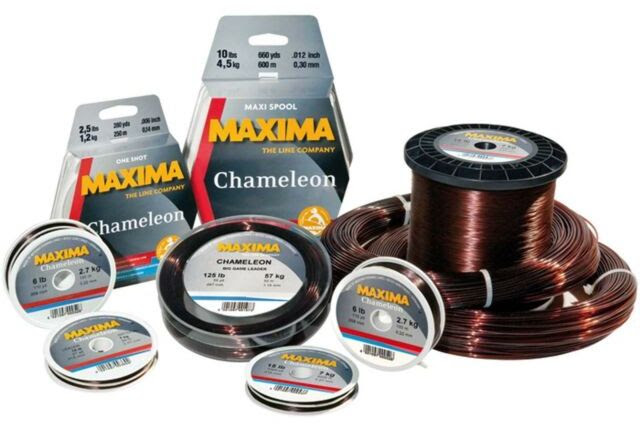
Tippet choice is very personal, in essence, it’s always better to go with what you have confidence in, especially when tying your own dropper rigs. In general, there are only two options Fluorocarbon and Mono. I generally make my tippet decision as follows:
Coloured Water: When the water I am fishing is coloured (or stained - like here in North Yorkshire) I use Maxima Chameleon monofilament in 3lb all the way through. I find this has a great knot strength is very durable (as you will be snagging up quite a bit) and is quite cost-effective (at around £8 for 230 meters).
Clear Water: When I am fishing a river which is very clear and has a high angling pressure (like the chalk streams of Hampshire & Wiltshire), then I opt for Fluorocarbon, and go as thin as I can possibly get away with, something like RIO Fluoroflex 6X (3.0lb which is 0.11mm in diameter). If however, there has not been that many anglers on the water, then I will always go with Preston Innovations Reflo Power (which is incredibly strong for its diameter, for example, 2lb 10oz is only 0.10mm) and its great value for money at around £6 for 100 meters.
Flies

Generally, when Grayling fishing, your flies will get heavier the colder the weather gets! Just keep in mind the following:
- The faster and deeper the river, the heavier the fly
- Don’t be without small dry flies in October and November – Grayling love feeding on Aphids during these months and can often be seen rising. Try a size 24 IOBO Humpy if all other dry flies fail to tempt them.
- Where allowed, it’s better to fish a team of flies in Winter, with the heaviest fly on the point.
- If you want to present both flies of a 2-fly rig as near to the bottom as possible, try putting the heaviest fly on a short dropper about 12" above the point fly.
Indicators
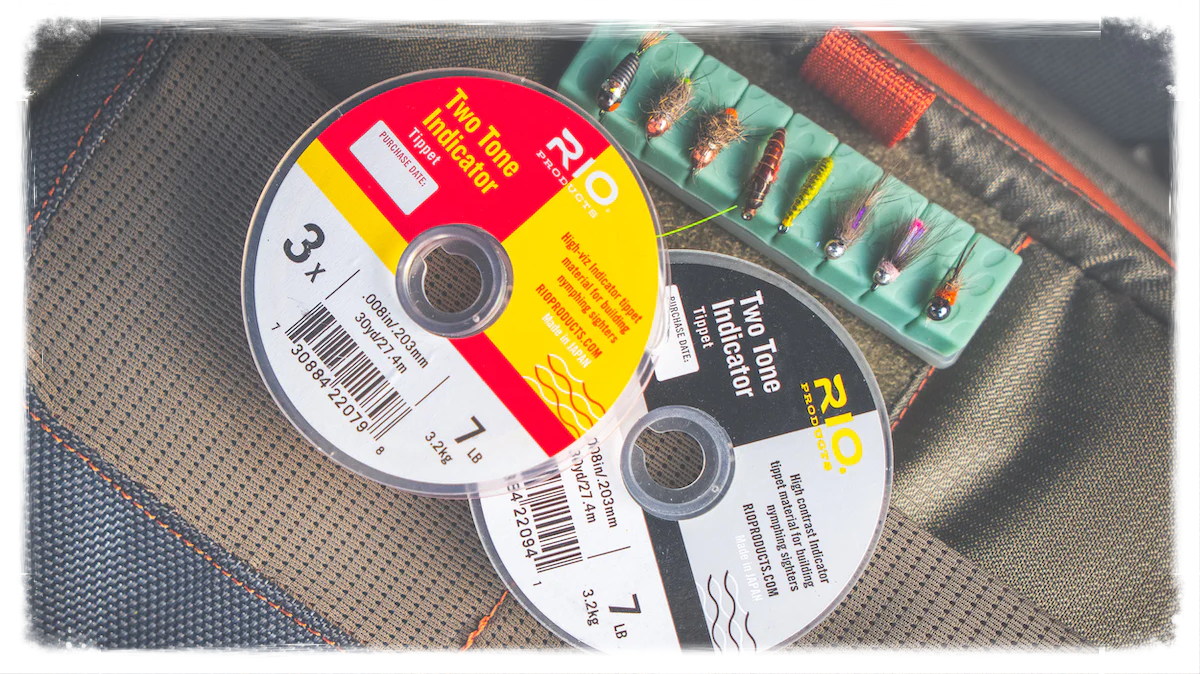
There are loads of indicators around, all have their uses and are great in specific conditions. Here’s the best of the bunch (in my opinion):
Coloured Mono: My ‘go to’ indicator is a short piece of bi-coloured mono. These are fantastic when 'tight-line' nymphing, as you can easily see them against the water and against bank-side vegetation.
Spiral Indicators: These are the most sensitive (and visual) indications I have ever used. They are great when nymphing at short to medium range and the river is a fairly level depth. They can easily sink if the river bed varies in depth substantially. Great on the chalk streams.
Yarn Indicator: These are a godsend when fishing on a river with a ‘single fly’ rule and you want to have a visual indication of a take (we’re not all gods when it comes to nymphing and sensing takes – these make it much easier, especially when your hands are cold!). The beauty of this type of indicator is the ability to cast them and trim the indicator to the size you require - they are also very easy to move when you want to vary the depth you are fishing the nymph.
Wax Colouring: A crossover from Tenkara fishing, these wax ‘lipstick’ indicators are applied directly to either your tippet - or even to your fly line. They come in a number of colours and can be combined to make an indicator you can see in all light levels. The beauty of this type is the wax rubs off very easily.
Putty: One of the most versatile putty style indicators on the market is Loon Biostrike - A putty indicator that makes adjusting the depth and size of the indicator simple. It’s reusable, biodegradable, and environmentally friendly. BioStrike can be rolled into a ball with wet fingers and applied to anywhere on a leader, then removed and placed back in the container foe reuse.
The Fly Line

When nymph fishing for Grayling the most often used technique is the 'tight-line' method (Euro-Nymphing). Here we will look at just a few of the fly lines/long leaders you can use to help you when nymphing in Winter:
Mono/French Leader: One of the best (and most cost-effective) ways to start short-line nymphing is to use a mono line (to which you attach your indicator and then your tippet). Mono line is still very sensitive (at least more so than using a conventional fly line) and if you use a 0.20mm line (or larger) you can still feel the line through your fingers (and smaller diameter line and it gets very difficult to feel). Having an 8m mono leader allows you to only have mono through the rod rings and some on the spool should you need to give a fish some line.
Specialist Nymph Lines: These are all the rage at the moment and are really a cross-over between a conventional fly line and a braid leader. Generally, these lines look exactly like a normal fly line (and they float, so can also be used as an indicator), but they are extremely thin (usually >= 0.55mm to conform to competition rules). These types of lines offer you the best of both worlds when nymphing, which is one reason why we will shortly be bringing our own take on these to the market.
Standard Fly Lines: Any standard fly line can also be used as a part of a nymphing setup, but there are a few drawbacks. They are often quite thick and heavy, which makes them sag and very difficult to keep the whole line out of the water when fishing at distances past the rod tip. Often when you lift your rod in the air, the fly line will disappear down the rings of your rod due to its weight. Not too much of a problem as such, but when you compare using it against one of the specialist lines, you will quickly realise what you’ve been missing.
Braid: Extremely sensitive (you can feel the fly on the river bed – you can even tell if your fly is on sand or gravel – or weed). However, braid does have its drawbacks – it is very difficult to cast and can get you in a tangle very quickly. But once you have mastered the art of using braid, you will never turn back.
Leader Configurations

There are numerous different styles of leaders when fly fishing, for nymphing, all of them are variations on the following three:
Standard Nymphing Setup:
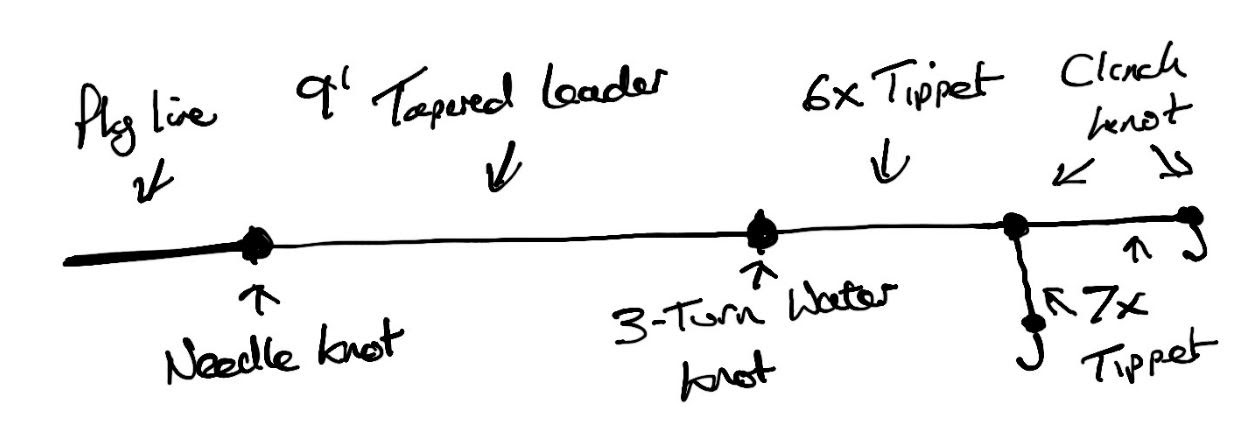
Indicator Nymphing Setup:
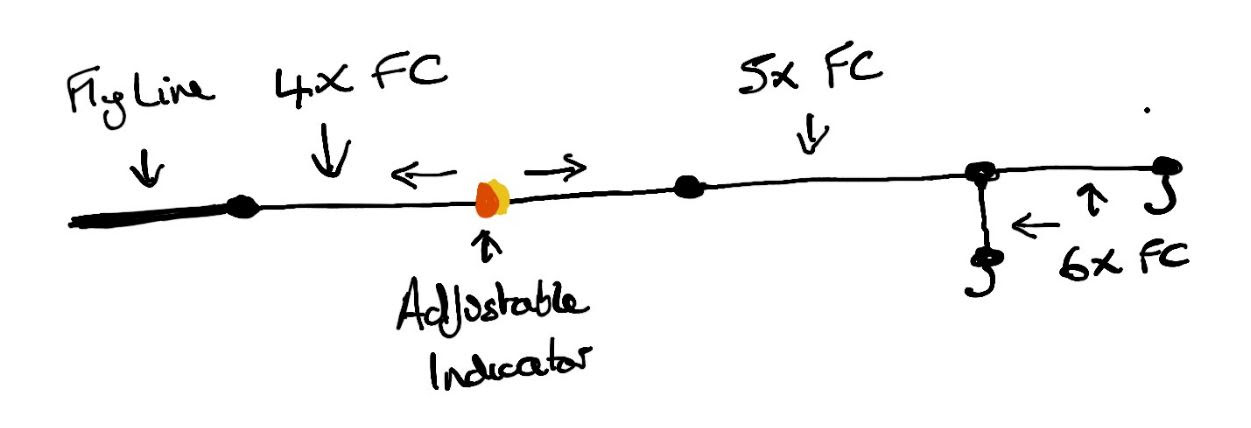
'Euro' Nymphing Setup:

It is important to keep in mind when tying your own leaders the depth of the water you will be fishing. As Grayling are bottom feeders, you will need to present the heaviest fly (usually the point fly) on, or very near, the river bed.
Keeping Warm

When fishing for Grayling it is usually in the Autumn and Winter, not the warmest of seasons. To prolong the amount of time you have in the water it is essential that you dress for the occasion. Here’s a quick rundown of what I have found useful over the years:
Merino base layers - Merino wool is the finest and softest wool on the planet. It is both hard-wearing and durable especially when worn directly in contact with your skin (it also does not scratch like other materials can). Merino wool is best used when the body is not moving around too much (i.e. when you’re fishing) the insulating, wicking, and cooling properties of merino make it just the right fibre for the job. Keep an eye on the weekly offers which Lidl/Aldi have, they sometimes have great deals on Merino wool base layers.
Wear warm socks – To help you fish for longer in the colder weather, it is essential that you keep warm, especially your feet. Warm feet will also make sure your wading is not compromised and may just save you from a dunking. I’ve tried numerous different types of socks, but I always return to the wader socks which Orvis sell, in my opinion, they cannot be beaten (although they are quite expensive).
Neck warmer – I find that keeping both the front and back of my neck warm always helps me concentrate for longer and helps to prolong my time in the river. Neck warmers can be bought from nearly every outdoors shop and can be picked up for less than £10 (a bargain when you can get extra hours on the water).
Hand warmers – I usually pick up a few of the disposable hand warmers whenever I see them (you know the sort that looks like a giant tea bag). I find they are great to put in your wader pocket, as well as keeping your hands warm, they also do a good job of keeping your chest warm! I’ve just been converted to a rechargeable hand warmer - there are lots of them available and they are relatively inexpensive - roughly £20. Just remember to get one that's pretty slim, so it easily fits in your wader pocket - from fully charged, they usually last for around 4 hours on full blast.
Coming To Your Fly Box Very Soon ...

We've been testing these over the Xmas break - safe to say, they now take pride of place in my own box.
You'll find out more on Tuesday @ 8am.
In the meantime, get out there and have some winter fun!

P.S. To read more about Grayling fishing, click the image below to view our River Master - Grayling series:



